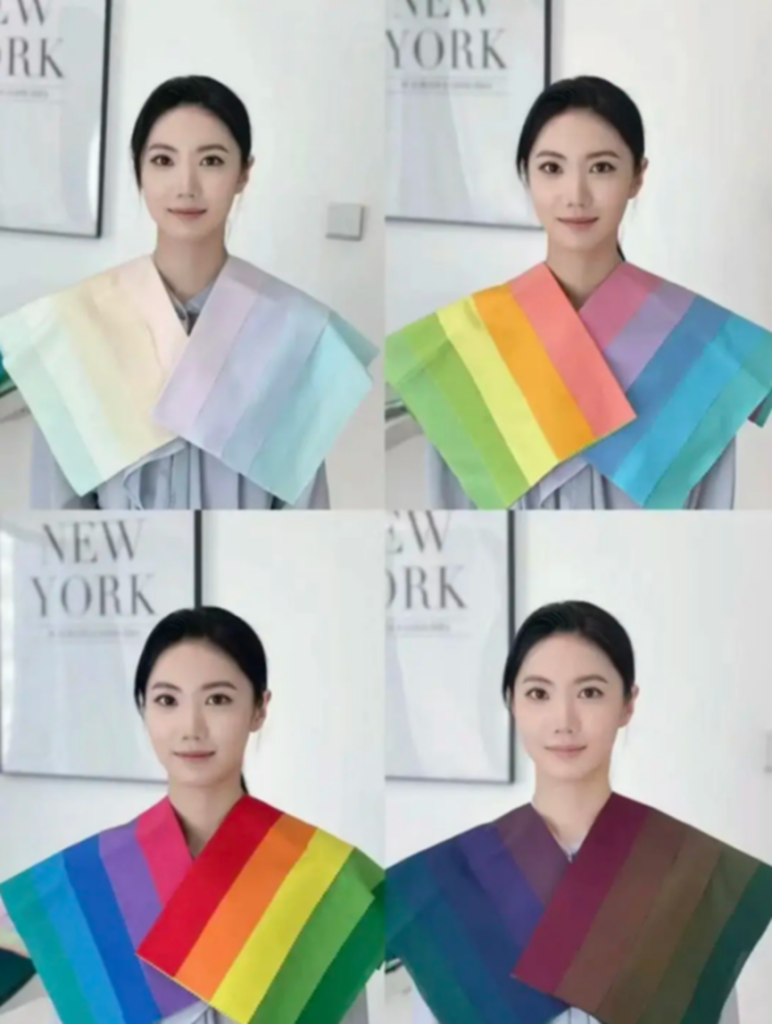TEAM 41
Max Groenewegen 608812
Yuhang Ding 754458
Loran Knoop 784189
Anna Junkersdorf 786906
Currently, medical resources are scarce around the world. Take the Netherlands as an example, patients often cannot get same-day responses from doctors and lack sufficient understanding of their own health. Meanwhile, medical expenditures are increasing in many places. In 2024, healthcare spending in the US accounts for 17.16% of GDP, with over 60% of the population prioritizing health as their main concern ( Netherlands, S., 2025).
In this context, the market for health support-related products is continuously growing. Health apps that can track exercise habits and measure physiological indicators are attracting more and more users. However, current health apps in the market have relatively limited functions and still have much room for improvement. Therefore, we launched HealthMate AI.
GenAI is closely integrated into HealthMate AI’s core functions. GenAI can parse complex medical records, turning them into easy-to-understand personalized health recommendations that adjust over time as a user’s health status changes. Additionally, it has a virtual health assistant that gives real-time answers to users’ health questions, so people don’t need frequent visits to healthcare professionals just for basic inquiries. The AI provides medication reminders and analyzes drug interactions too—it identifies potential side effects and lowers medication risks. If an emergency happens, HealthMate AI will send automatic notifications to the user’s general practitioner or a nearby hospital. The real-time data from smart devices will be used to predict health risks after given permission.
Its business model centers on B2B data services and B2C value-added subscriptions. The B2B part mainly targets insurance companies, combining user health data to generate anonymous, aggregated reports. This helps insurers predict disease risks, provide decision support, and create stable enterprise-level revenue. The B2C side provides free features including health data tracking and basic advice. For additional valuable services including personalized health plans and more detailed medication suggestions, a subscription fee will be charged, which matches the payment needs of chronic disease patients and those focused on health.
Medical and health information is undoubtedly sensitive privacy. Therefore, the terms and conditions of HealthMate AI must comply with relevant laws and regulations, including GDPR of Europe and HIPAA of the United States. In terms of user satisfaction, we promptly respond to user feedback and upgrade the app’s features according to market demand. When the app has just entered the market, we will enhance exposure through cooperation with hospitals and insurance companies. HealthMate AI will offer different versionings and provide new users with a period of free trial, in order to collect market feedback and adjust the marketing strategy for the next phase.
Reference
Netherlands, S. (2025, May 27). Spending on health care up by 8.1 percent in 2024. Statistics Netherlands. https://www.cbs.nl/en-gb/news/2025/22/spending-on-health-care-up-by-8-1-percent-in-2024


